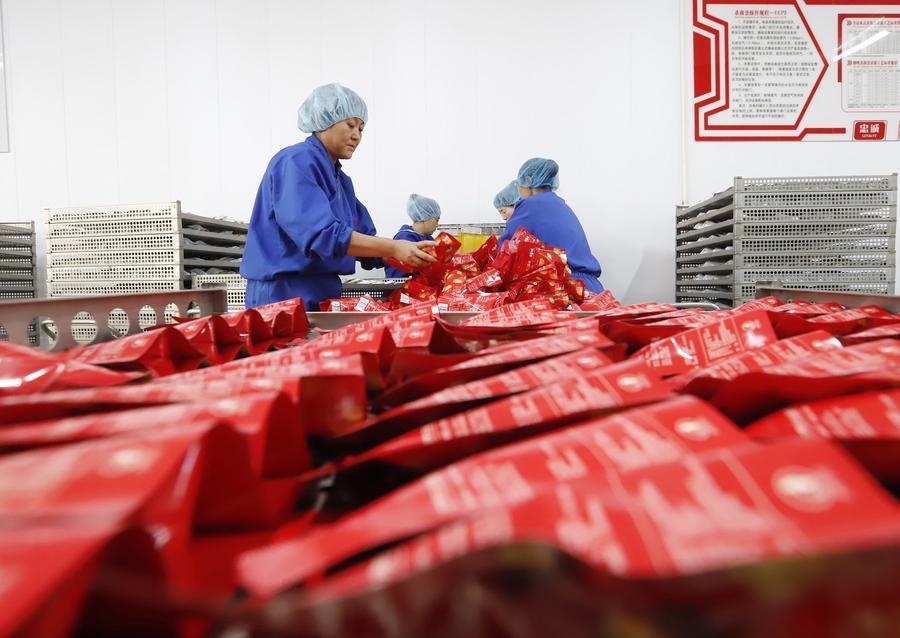MINNEAPOLIS (AP) — Phoenix Suns guard Grayson Allen aggravated the sprained right ankle he suffered in the series opener, forcing him to hobble off in the third quarter of Game 2 against the Minnesota Timberwolves on Tuesday — and again putting his availability in question.
Allen had X-rays on his ankle, as he did after the injury in Game 1. There’s no fracture, coach Frank Vogel said after the Suns’ 105-93 loss, only a return of the day-to-day status next to Allen’s name. The team had listed Allen, who led the NBA in 3-point shooting percentage this season, as questionable. Before the game, Vogel praised Allen’s toughness and determination to play.
Allen said he “rolled it pretty good,” but with another two-day break — Game 3 is in Phoenix on Friday — there was optimism that the sixth-year sharpshooter could rehabilitate his way back onto the court.


 Related articles
Related articles



 Wonderful introduction
Wonderful introduction
 Popular information
Popular information